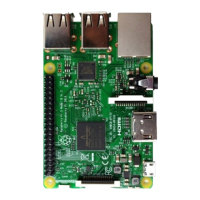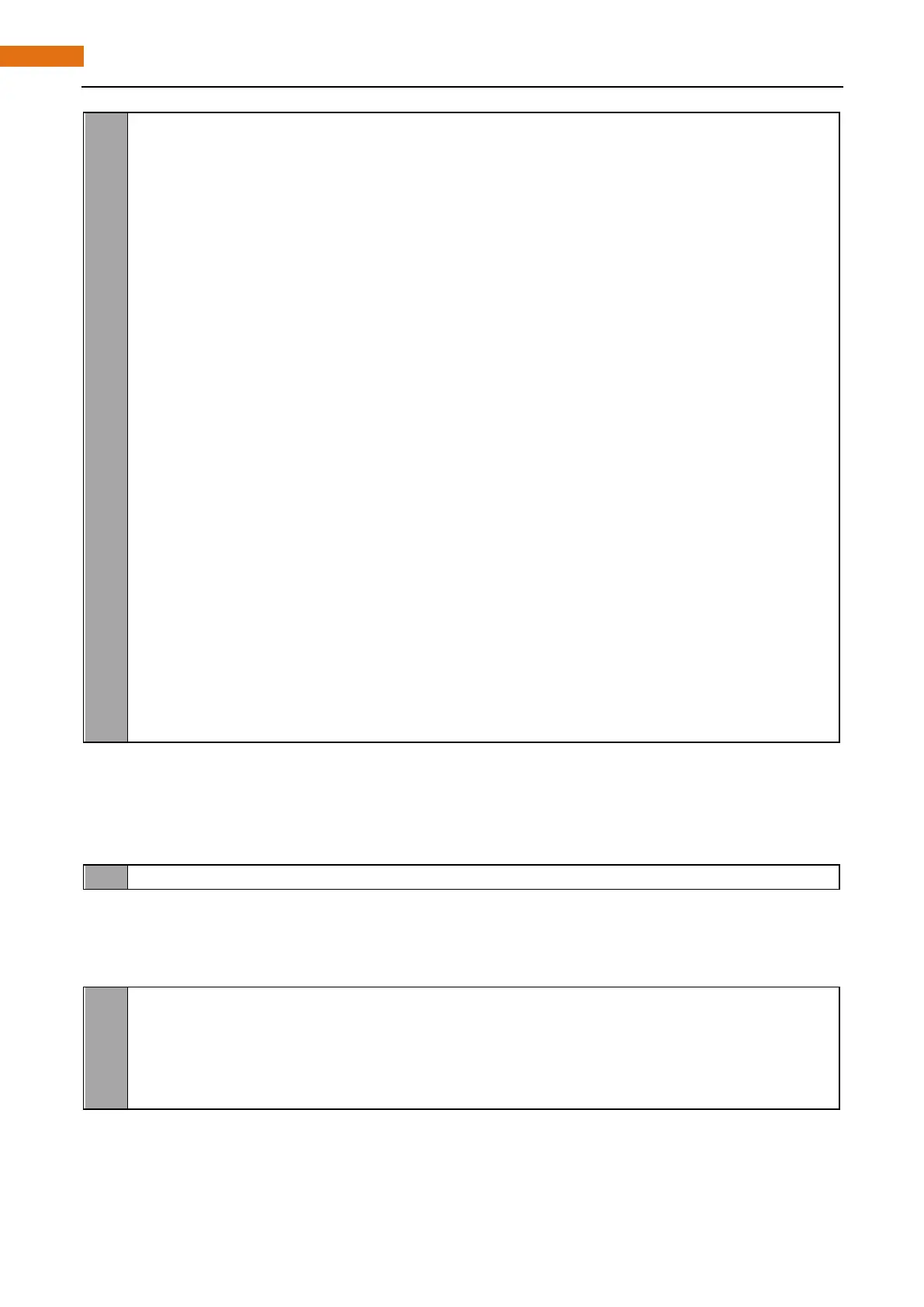Chapter 27 Solder Circuit Board
38
39
40
41
42
43
44
45
46
47
48
49
50
51
52
53
54
55
56
57
58
59
60
61
62
lastMove = time. time() #the start time
w hile Tr ue:
if(time.time() - lastMove > moveSpeed): #speed control
lastMove = time. time() #Record the time point of the move
index +=1 #move to next
if(index > 15): #index to 0
index = 0
for i in range(0,64): #The cycle of PWM is 64 cycles
data = 0 #This loop of output data
for j in range(0,8): #Calculate the output state of this loop
if(i < pluseWidth[j+index]): #Calculate the LED state according to the
pulse width
data |= 1<<j #Calculate the data
outData(data) #Send the data to 74HC595
def destroy(): # When 'Ctrl+C' is pressed, the function is executed.
GPIO. cleanup()
if __name__ == '__main__': # Program starting from here
p rint ('Program is starting...')
setup()
try:
loop()
e xcept KeyboardInterrupt:
destroy()
We can see that this procedure is different from the previous running water lamp, we define an array for the
modulation of different PWM LED pulse width, so that different LED have different brightness. Starting from
the array index 0, each take an array of 8 adjacent numbers, as the LED duty cycle output, which in turn
increases the index number, it will produce a flow effect.
pluseWidth = [ 0, 0,0,0,0,0,0,0,64,32,16,8,4,2,1,0,0,0,0,0,0,0,0]
By recording the moving time point to control the speed of the movement of index number, namely, control
the flowing speed of flowing water light. Variable moveSpeed saves the time interval of each move, and the
greater the value, the slower the flowing rate. On the contrary, the faster the flowing.
if(time.time() - lastMove > moveSpeed): #speed control
lastMove = time. time() #Record the time point of the move
index +=1 #move to next
if(index > 15): #index to 0
index = 0

